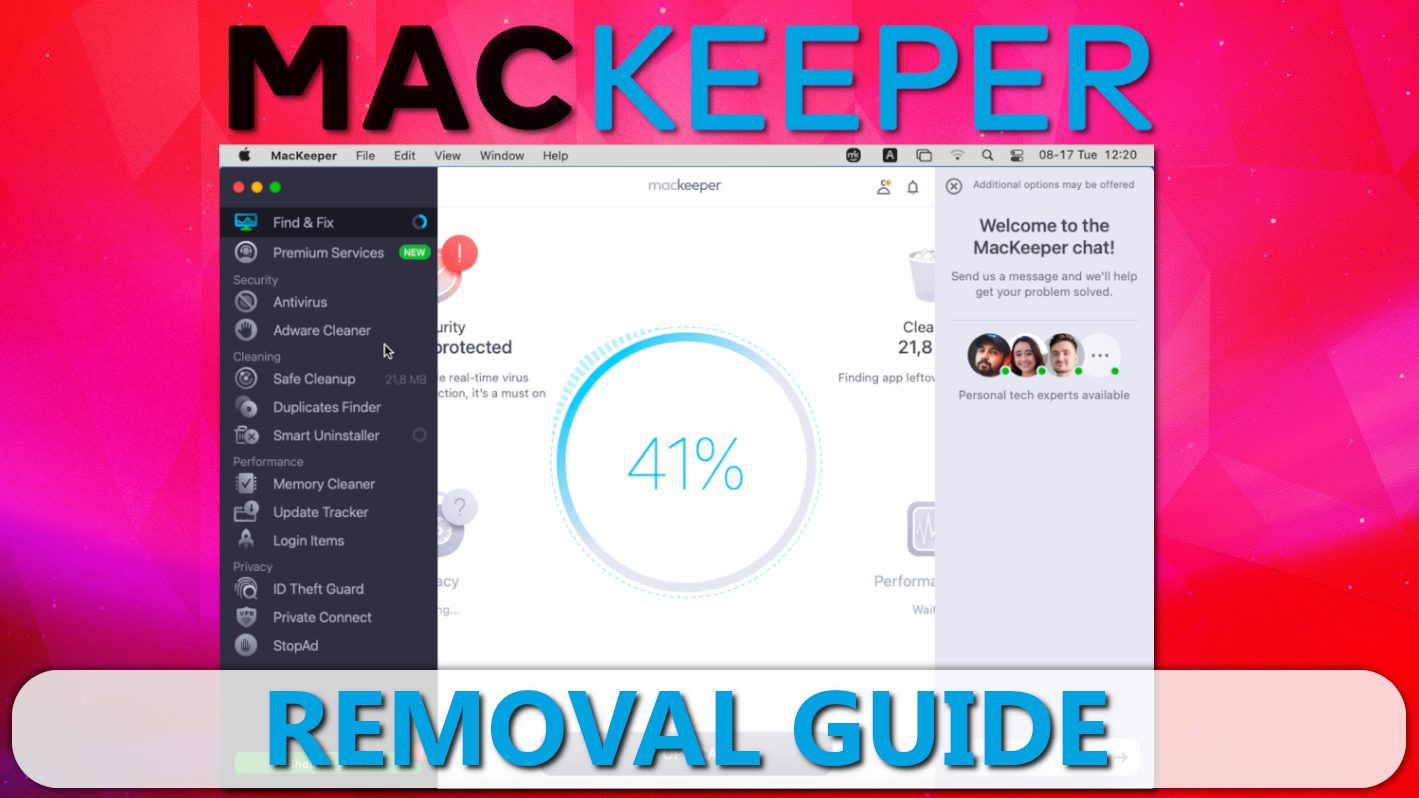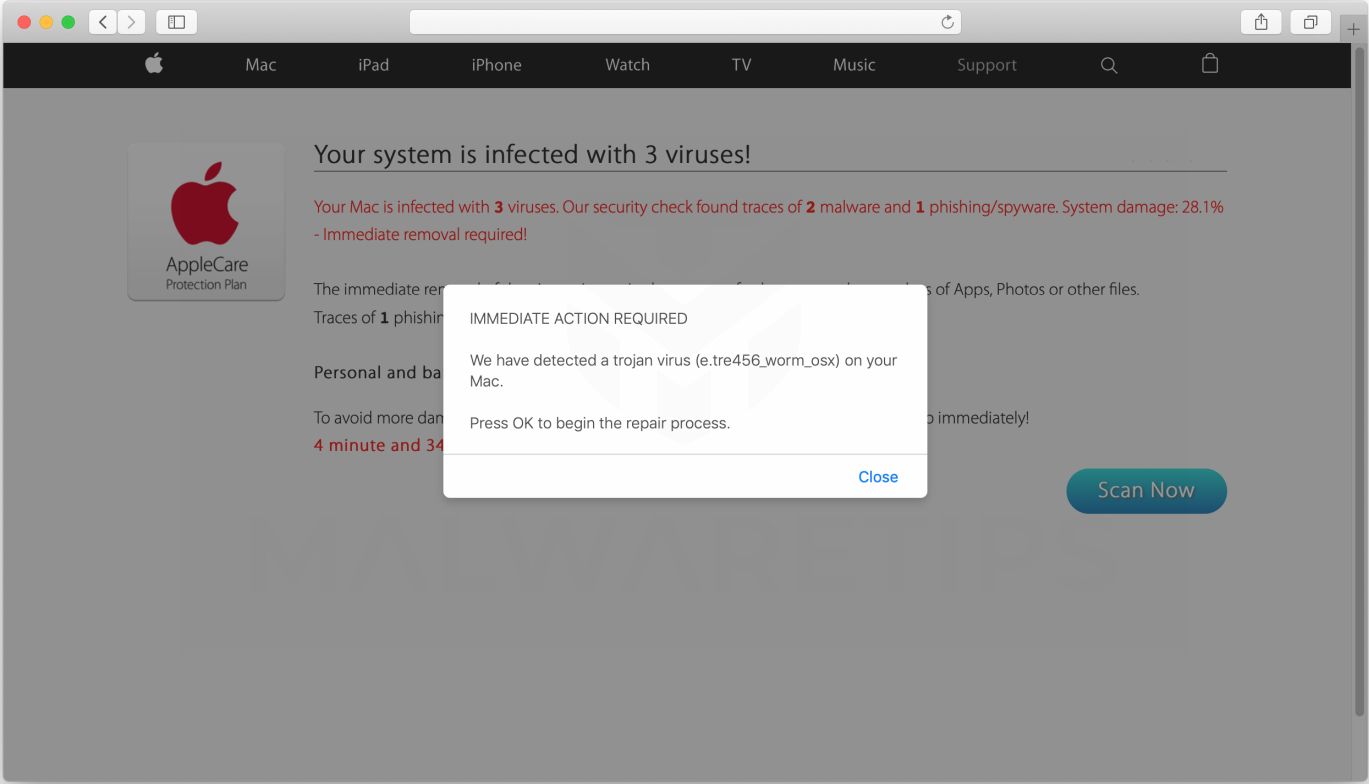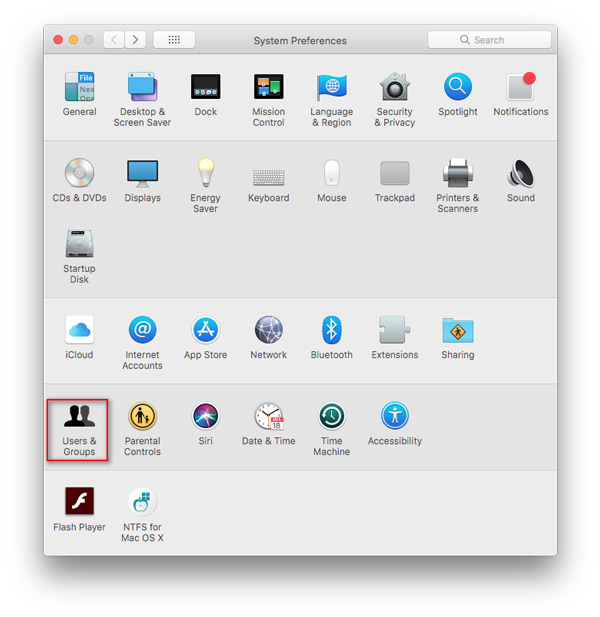

- #Getting rid of mac ad cleaner how to
- #Getting rid of mac ad cleaner software
- #Getting rid of mac ad cleaner windows
Skipping these updates means not taking advantage of the security tools that should add an extra layer of protection to your Mac.

#Getting rid of mac ad cleaner software
One of the reasons why system updates are crucial is that they usually include security or software updates that help protect your macOS against malicious attacks. Use Mac repair app to remove all junk files from your Mac, particularly the infected files that you’ve just deleted. Follow the software’s instruction to resolve any infections found and get rid of the infected files. Make sure that your antivirus is updated, so that you’ll be able to scan new threats. Scan your computer for any infection using your antivirus software.

Uninstall it immediately and delete all folders associated with the software from the Library. If you noticed your Mac’s behavior changing after downloading and installing new software, such as an app, extension, or add-on on your computer, then it is possible that the software you downloaded is the root of the infection.

Step 2: Uninstall Recently Installed Software. This is to prevent the spread of the infection in case you were hit by a hardware-related virus. Remove all connected computer peripherals such as mouse, USB keyboard, printer, speakers, and flash drives. If you suspect your Mac is infected, here are the steps that you can do: Step 1: Disconnect Your Mac From Your Home or Office Network.
#Getting rid of mac ad cleaner how to
So what do you do when you suspect your Mac to be infected by malicious software? How to Remove Virus or Malware From Mac Resetting your Mac to its factory settings might get rid of those uncomplicated viruses, but it won’t work on highly complex ones. So if you’re thinking that resetting your Mac will completely get remove the virus on your computer, then you’re in for a surprise. This is a testament to how viruses and malware are becoming more resilient and more intelligent over the years. Others continue to experience performance issues even after purging the malicious software from their Macs. There are several viruses that are so persistent that they can survive a factory reset and reformat of the drive.įor example, some Mac users reported being plagued by the M圜ouponize adware on Safari even though the device has been reset. But even this does not guarantee that your system will be 100% clean. There are also viruses that infect computer-related hardware such as routers, phones, and printers, which are quick to spread and difficult to get rid of completely.ĭoing a factory reset might seem like a good idea if your Mac is infected.
#Getting rid of mac ad cleaner windows
Some are harder to deal with, such as bootkits which infect the boot sectors of your Mac and viruses that target your Mac’s Extensible Firmware Interface or EFI (equivalent to BIOS in Windows OS). It depends on what virus or malware your Mac is infected with.Ĭommon malware and viruses can be easily removed by antivirus applications. About Outbyte, uninstall instructions, EULA, Privacy Policy.Ĭan a virus survive a factory reset on Mac? The answer is Yes and No. This is a question Mac users have been wondering about for a long time. Some Mac users go as far as resetting their computer to their factory settings to get rid of the virus. You need to do a deep clean of your computer to make sure that all malicious software is completely removed from your system. Running an antivirus software is not enough to get rid of these pesky viruses and malware. The malware only needs a few seconds to attack the extensible firmware interface of the infected Mac during boot up, and the device will remain infected even if the hard drive is wiped clean and the macOS is reinstalled. In 2015, researchers created Thunderstrike 2, a firmware worm that is almost impossible to detect and get rid of. In fact, some researchers have specially created a malware to prove that macOS is not omnipotent. These attacks prove that even macOS can also be vulnerable to phishing scams, trojan horses, and online fraud.


 0 kommentar(er)
0 kommentar(er)
